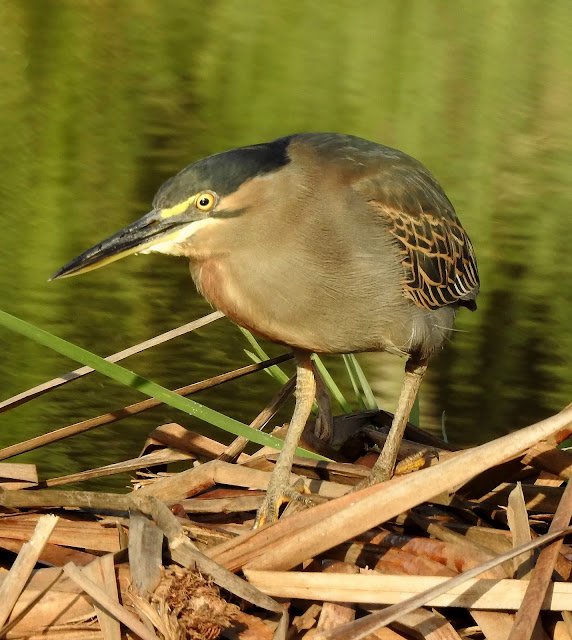https://www.inaturalist.org/taxa/19531-Caprimulgus-climacurus
This Blog contains Wildlife, Plants and Bird Photos from Walks, Safaris, Birding Trips and Vacations. Most of the pictures have been taken with my Nikon P900 and P950X cameras. Just click on any image for a larger picture. On the right column under the Blog Archive are the entries by date. Below that under Animal categories all the diffent species of Animals, Birds, Insects and Plants contained in the website are listed. Clicking on any entry will show all the entries for that species.
TOTAL PAGEVIEWS
2071685
TRANSLATE
Friday, 23 December 2022
23-12-2022 BRUFUT FOREST, GAMBIA - AFRICAN HARRIER HAWK (Polyboroides typus)
The African harrier-hawk, harrier hawk or gymnogene (Polyboroides typus) is a bird of prey. It is about 60–66 centimetres (24–26 in) in length. It breeds in most of Africa south of the Sahara. The only other member of the genus is the allopatric Madagascar harrier-hawk (Polyboroides radiatus).
23-12-2022 BRUFUT FOREST, GAMBIA - AFRICAN BLACK WINGED KITE (Elanus caeruleus ssp. caeruleus)
The black-winged kite (Elanus caeruleus), also known as the black-shouldered kite (not to be confused with the closely-related Australian species of the same name), is a small diurnal bird of prey in the family Accipitridae best known for its habit of hovering over open grasslands in the manner of the much smaller kestrels. This Palearctic and Afrotropical species was sometimes combined with the Australian black-shouldered kite (Elanus axillaris) and the white-tailed kite (Elanus leucurus) of North and South America which together form a superspecies. This kite is distinctive, with long wings; white, grey and black plumage; and owl-like forward-facing eyes with red irises. The owl-like behaviour is even more pronounced in the letter-winged kite (Elanus scriptus), a nocturnal relative in Australia. Although mainly seen on plains, they are sometimes seen on grassy slopes of hills in the higher elevation regions of Asia. They are not migratory, but show nomadism in response to weather and food availability. They are well adapted to utilize periodic upsurges in rodent populations and can raise multiple broods in a single year unlike most birds of prey. Populations in southern Europe have grown in response to human activities, particularly agriculture and livestock rearing.
The black-winged kite is a species primarily of open land and semi-deserts in sub-Saharan Africa and tropical Asia, but it has a foothold within Europe in Spain and Portugal. The species range appears to be expanding in southern Europe and possibly in West Asia. The first records of breeding in Europe were in the 1860s and since then they have become more widespread and populations are on the rise. It is thought that land-use changes, particularly agriculture and pastureland have helped the species.The species has expanded its range in southern Europe.
Several geographic populations have been named as subspecies and these include the nominate subspecies which occurs in Spain, Africa and Arabia. The subspecies vociferus is found east of this range across South Asia and into Southeast Asia. Along Sumatra, Java, Borneo and the Philippines subspecies hypoleucus (sometimes considered a full species) includes the population wahgiensis described from New Guinea. Subspecies sumatranus is not always recognized. The white-tailed kite and the black-shouldered kite were formerly included with this species but have since been treated as separate species.
Although found mainly on the plains they have been seen at higher altitudes in Sikkim (3,650 m (11,980 ft)), the Nilgiris (Doddabetta, 2,670 m (8,760 ft))[23] and Nagaland (2,020 m (6,630 ft)).
They are said to be winter visitors in some parts of their range such as the Western Ghats.
Thursday, 22 December 2022
Wednesday, 21 December 2022
Subscribe to:
Posts (Atom)










%201.jpg)
%202.jpg)





































